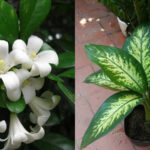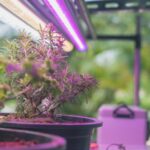With a few simple modifications, these empty plastic bottles can become practical and valuable, helping to solve some common household problems.
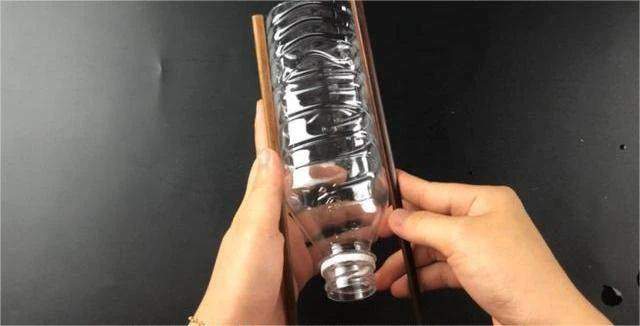
During holidays or when you’re away from home, one of the main concerns is how to take care of your indoor plants. To address this issue, you can use a plastic bottle and two disposable chopsticks to create a self-watering system, ensuring your plants get enough water even when you’re not around.
Method 1:
To make this self-watering system, you’ll need an empty plastic bottle and a pair of disposable chopsticks. Start by drilling a small hole in the bottle cap, making sure the hole isn’t too large. Next, take a piece of string, thread it through the hole, and tie a small knot.
Secure the chopsticks on either side of the bottle with tape. Fill the bottle with clean water, screw the cap back on tightly, and finally, place the chopsticks into the soil in your plant pot to keep the bottle upright.
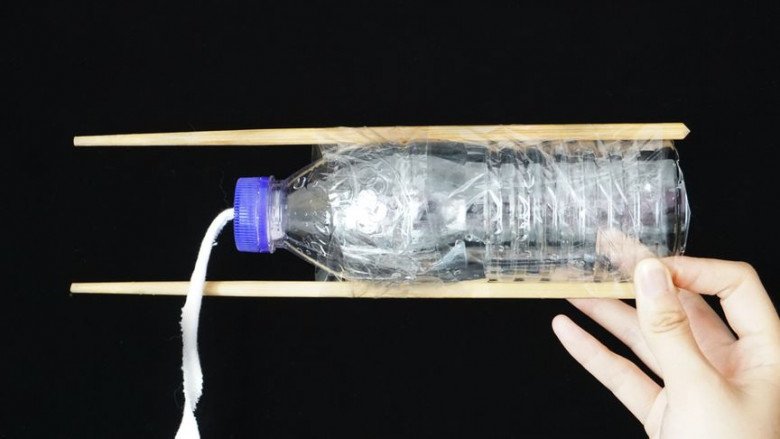
And there you have it—a self-watering system! The water in the bottle will slowly drip out through the small hole in the cap, ensuring your plant gets the right amount of water, even when you’re away.
Method 2:
For this method, start by drilling two small holes in the bottle cap, making sure they’re not larger than the diameter of the chopsticks. Once drilled, insert the chopsticks into the holes.
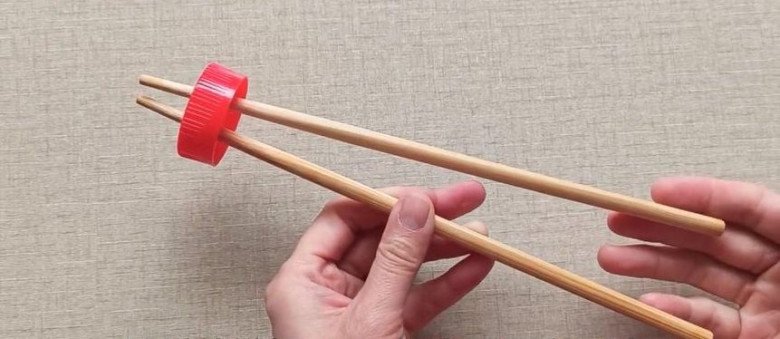
Fill the bottle with water, screw the cap back on tightly, and then invert the bottle, placing it into the soil of your plant pot. This creates a self-watering system, as water will slowly drip out through the gaps around the chopsticks, continuously watering your plant.
This method is practical and effectively solves the problem of watering your plants.
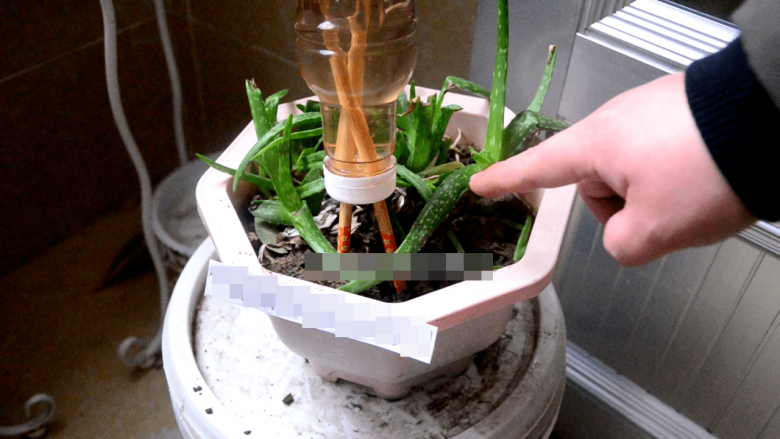
Additionally, you can use plastic bottles to grow flowers. For this, use a paper cutter to cut the bottle in half, choosing a bottle of 1.5 liters or more to provide enough space for the plant to grow.
To make your “flower pot” more aesthetically pleasing, you can paint the outside or decorate it with drawings as you like. Finally, add soil and seeds to your pot and care for it daily.
Be Wary of These Houseplants If You Have Little Ones at Home
Introducing the World of Beautiful Yet Toxic Houseplants: Unveiling the Hidden Dangers Within
The world of houseplants is a captivating one, filled with an array of stunning species that bring life and color into our homes. However, behind their alluring facades lies a hidden danger that many are unaware of. It is a lesser-known fact that some of the most popular and beloved houseplants possess toxic properties that can pose a risk to our health. From elegant orchids to lush philodendrons, these seemingly innocent plants may harbor toxic secrets. As we delve into the beauty of these greenery companions, it is crucial to uncover the potential hazards that lurk within, ensuring a safe and harmonious coexistence with our leafy friends.

























